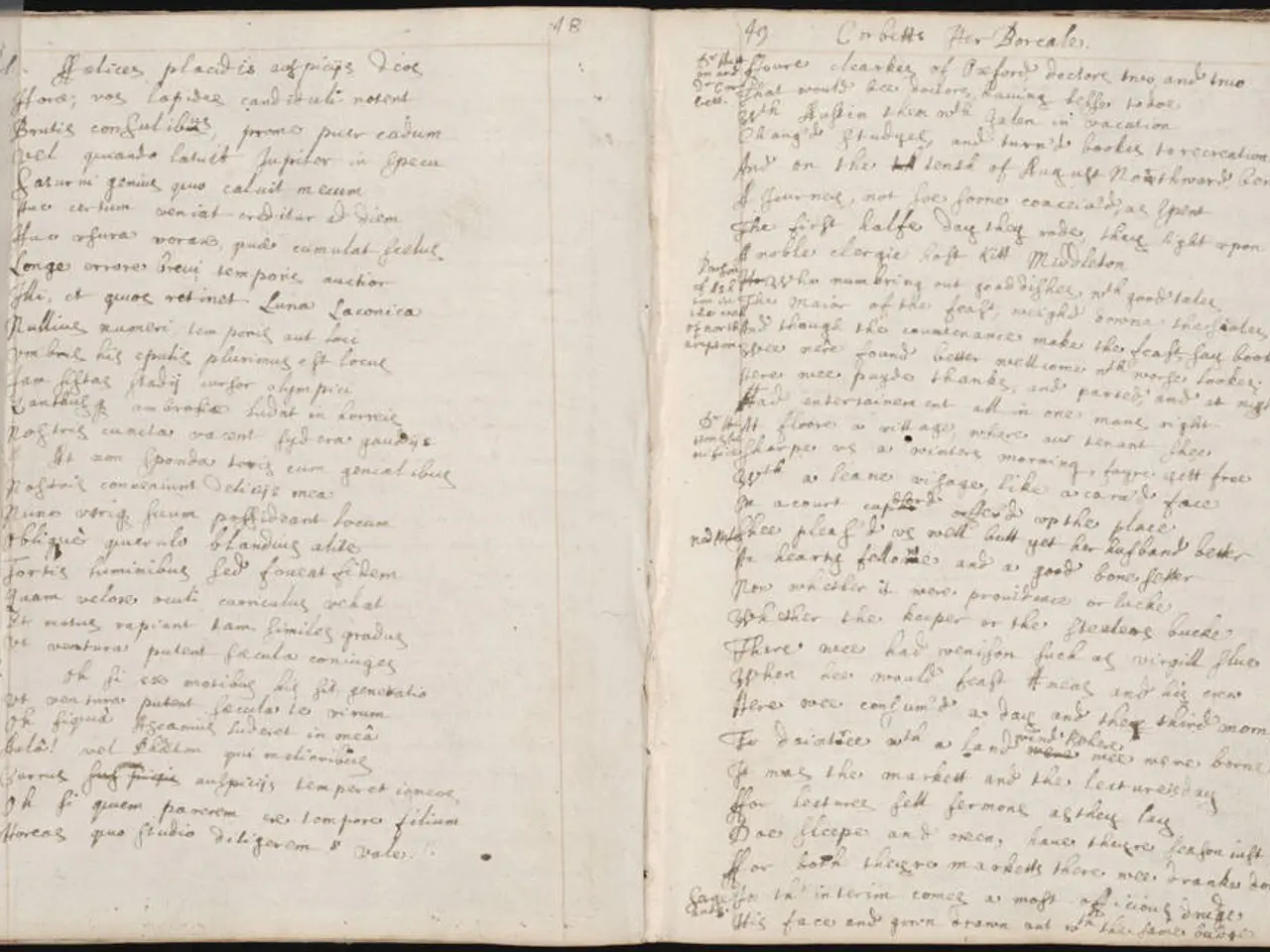Film Revolutionizes Narrative Norms in Cinematography
In the realm of cinema, traditional narratives often take centre stage. However, some groundbreaking films have dared to subvert these conventions, offering audiences a fresh and immersive experience. One such film that stands out is the 2012 epic, Cloud Atlas, directed by the Wachowskis and Tom Tykwer.
Cloud Atlas is a testament to ambitious storytelling, intertwining six different nonlinear storylines set across vastly different times and places. The film shifts the focus from a single protagonist to an ensemble of characters, allowing the audience to explore the narrative through the eyes of various characters and gain a deeper understanding of the motivations and consequences of each action.
The film's narrative structure deviates from linear storytelling, opting for a non-linear approach that intertwines multiple timelines and perspectives. This approach, combined with the film's striking visual narrative and unconventional sound design, creates a complex, multi-layered cinematic experience.
The soundscapes and music in Cloud Atlas shape the narrative beyond traditional dialogue. An unconventional soundtrack blends ambient noise with music to evoke specific moods and themes, while the film's auditory innovation uses diegetic and non-diegetic sounds to enhance the storytelling experience.
Other prominent examples of films that subvert traditional storytelling conventions include Pulp Fiction (1994) by Quentin Tarantino and The Fountain (2006) by Darren Aronofsky. Pulp Fiction revolutionized nonlinear storytelling through intersecting lives and fragmented chronology, while The Fountain explores cosmic themes via a storyline spanning past, present, and future timelines in a nonlinear fashion.
Cloud Atlas stands out specifically for its ambitious use of multiple timelines and perspectives structured in an interwoven narrative. Viewers are encouraged to engage more actively by piecing together the non-linear plot like a puzzle. The film presents characters who are multifaceted and authentic, deviating from traditional archetypes.
Certain sequences in the film are purposefully ambiguous, leading viewers to question the truth and form their interpretations. This challenges audiences to rethink their assumptions and engage with the narrative on a deeper level.
Moreover, exploring the narrative norms of films from different countries and cultures broadens the horizons of cinematic possibilities. Observe how filmmakers use unique cinematography or animation styles to convey emotions and themes. Experimental visual styles can offer a fresh perspective and add depth to the narrative.
In conclusion, Cloud Atlas is a shining example of how cinema can push the boundaries of storytelling. By embracing nonlinear narratives, unconventional sound design, and experimental visual styles, the film offers a rich and immersive cinematic experience that challenges audiences to engage more actively and think more deeply.
- Cloud Atlas, a 2012 film directed by the Wachowskis and Tom Tykwer, is a cinematic testament to ambitious storytelling, with intertwining six nonlinear storylines set across different times and places.
- The soundscapes and music in Cloud Atlas shape the narrative beyond traditional dialogue, using an unconventional soundtrack to evoke specific moods and themes, and incorporating diegetic and non-diegetic sounds to enhance storytelling.
- Other films that subvert traditional storytelling conventions include Pulp Fiction (1994) by Quentin Tarantino, which revolutionized nonlinear storytelling through intersecting lives and fragmented chronology, and The Fountain (2006) by Darren Aronofsky, which explores cosmic themes through a storyline spanning different timelines in a nonlinear manner.
- Experimental visual styles in cinema, such as unique cinematography or animation, can offer a fresh perspective and add depth to the narrative, encouraging audiences to engage more actively and think more deeply.







